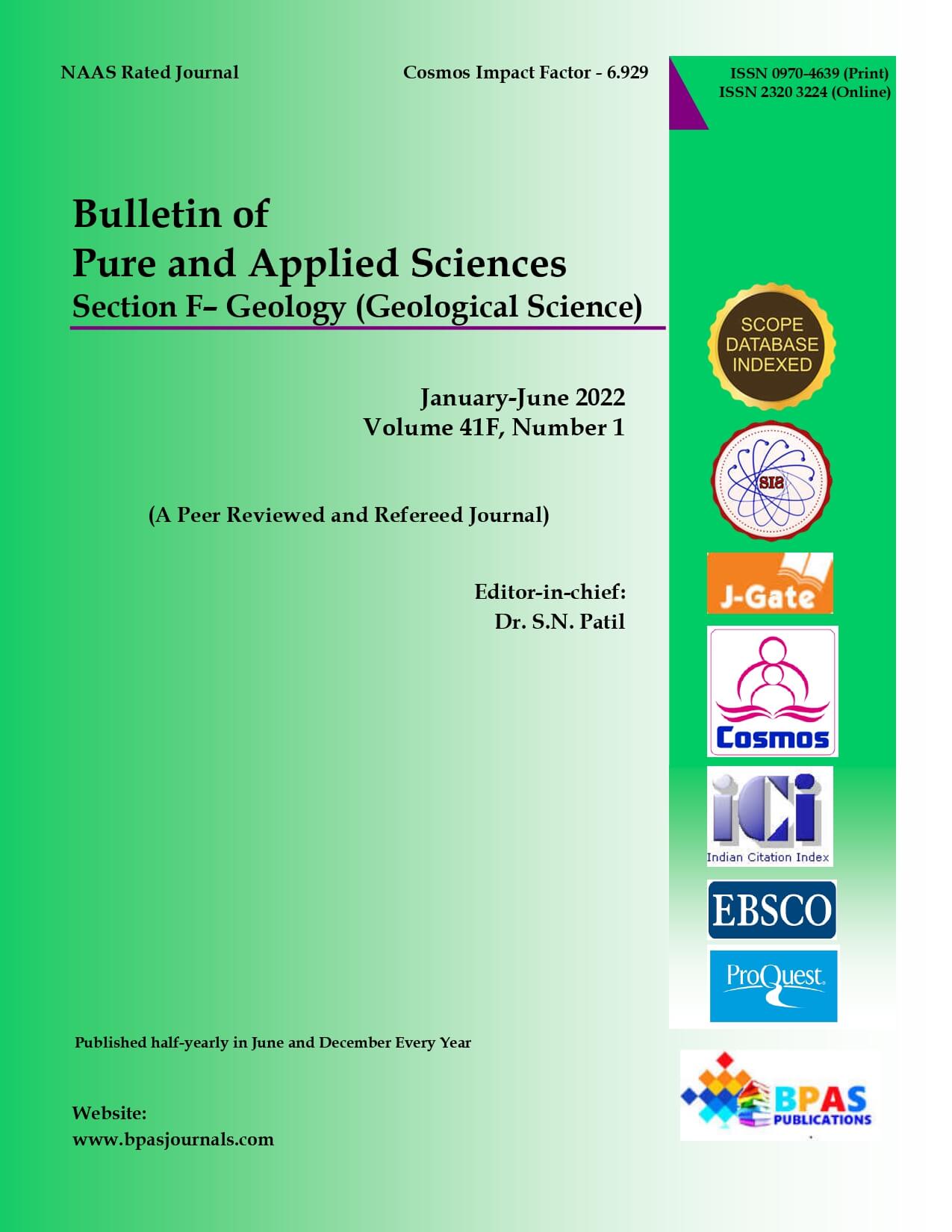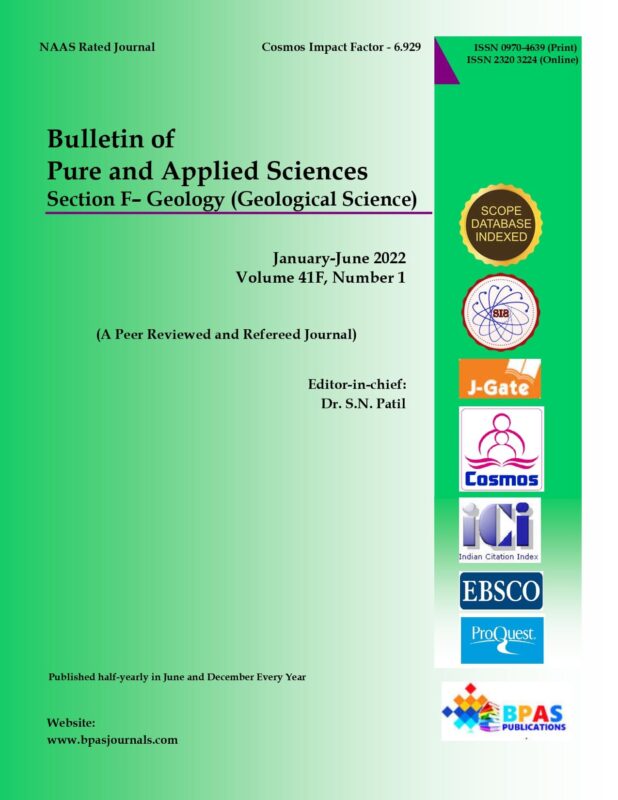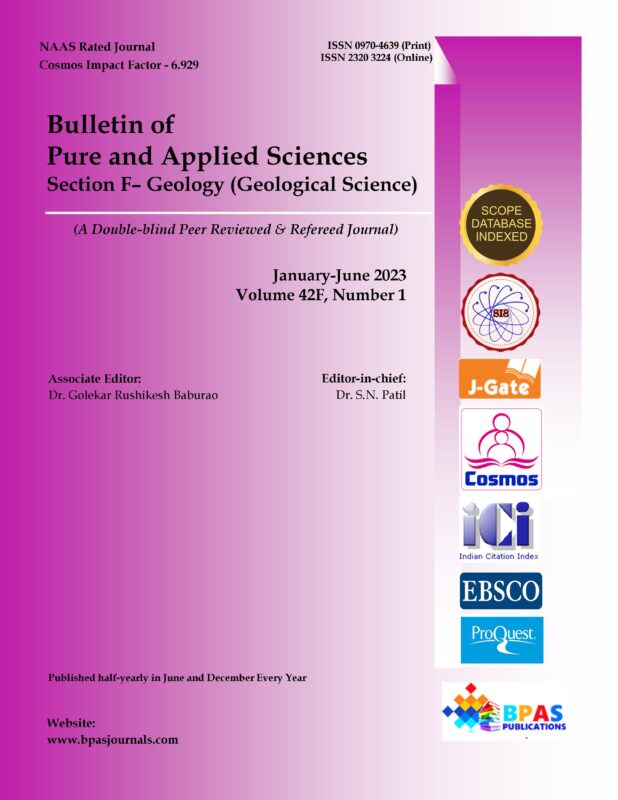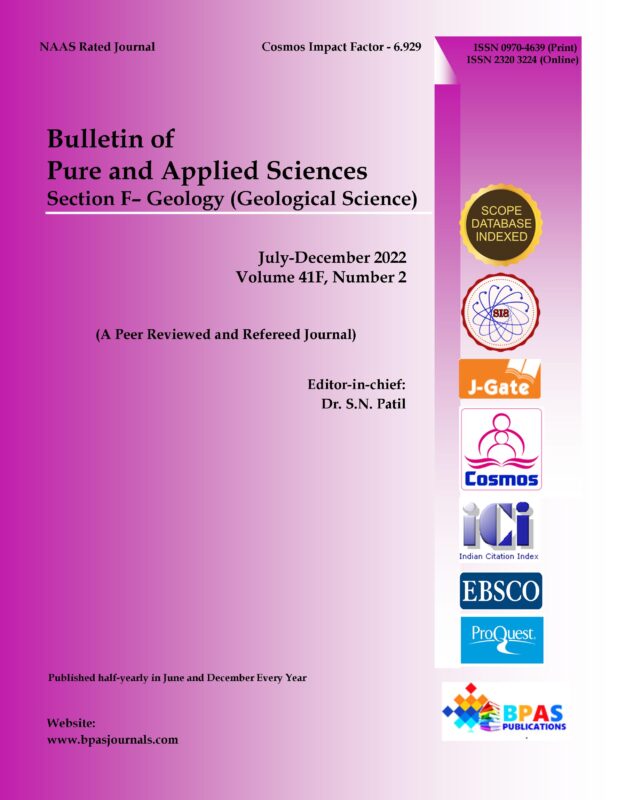View cart “Issues and Challenges of Water Supply System in Bhopal City, Madhya Pradesh” has been added to your cart.
Relative Tectonics Activity Assessment of Diyala River Area Using Lithological Strength Ratio and Morphometric Indices
9.38$
Year : 2022,
Volume & Issue : BPAS-Geology 41F(1), JAN-JUN 2022
Page No. : 115-128,
Article Type : Original Aticle
Article DOI : 10.5958/2320-3234.2022.00010.5 (Received on 28.11.2021, Revised on 20.04.2022, Accepted on 21.05.2022)
Categories: 41F(1), JAN-JUN 2022, BPAS-Geology
Description
Description
*Talal H. Kadhim1, Manal Sh. Al-kubaisi2
Author’s Affiliation : 1Department of information, Iraq Geological Survey, Ministry of Industry and Minerals, Iraq-Baghdad 2Department of geology, College of Science, University of Baghdad, Iraq-Baghdad
Corresponding Author : Talal H. Kadhim, Department of information, Iraq Geological Survey, Ministry of Industry and Minerals, Iraq-Baghdad,
E-Mail:-talalkazem@yahoo.com
Abstract
The study presents a new procedure for assessment relative tectonic activity based on morphometric indices and lithological strength useful in evaluating morphology and topography. The results produced from the analysis are cumulative and expressed as an index of lithological strength and relative tectonic activity (LRTI) , which is divided into five classes ranges from relatively very low to very high tectonic activity. The study area along the Zagros suture zone in eastern Iraq is an ideal location to test the concept of an index to predict relative tectonic activity on a basis of area rather than a single valley or mountain front. The study area has variable rates of tectonic activity resulting from the collision of Arabian and Eurasian plates that has produced linear northwestern–southeastern anticlinal forms, as well as extension with variable vertical rates of main collision zone (Zagros Suture Zone) to about -0.9 mm/y. In this study, the hypothesis test that known areas of relatively high rates of tectonic activity are associated with indicators values of lithological strength and relative tectonic activity (LRTI).
Keywords
Morphometric indices; Diyala River; Drainage basin; Tectonic activity.




